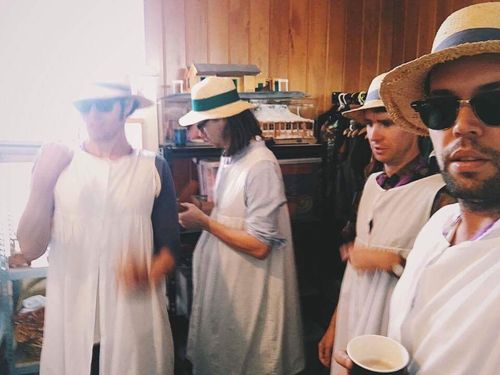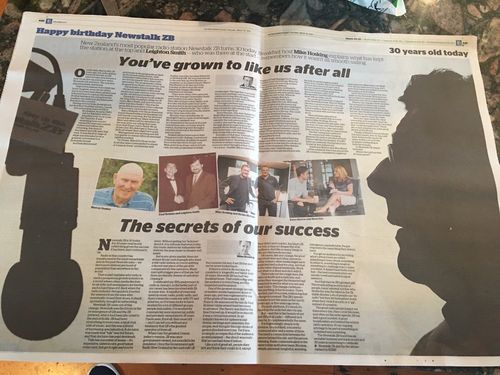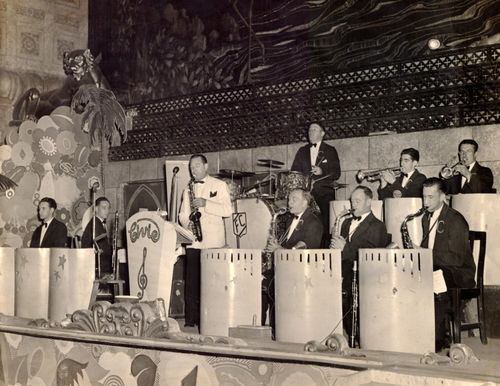It would be wrong to say the results of New Zealand's first pilot study analysing wastewater to estimate public drug use tell us what we already knew. It's a characteristic of studying illicit drug use that there's always a lot you don't know. But the data do tell a story. A story that could be very useful if we pay attention.
From May to July 2014, a team led by Associate Professr Chris Wilkins of Massey University's SHORE centre took samples at two Auckland sewage treatment plants (the one in South Auckland, serving Auckland City, Papakura, Waitakere and Manukau, and the one at Rosedale on the North Shore). They used well-established methods to determine the prevalence of 17 drugs.
The WWA study is complementary to two surveys also overseen by Professor Wilkins at SHORE: the Illicit Drug Monitoring System (IDMS), which asks "frequent drug users" about price, availability, purity and other market trends, and the New Zealand Arrestee Drug Use Monitoring Programme Report (NZ-ADUM), which provided the first sign of a surge in methamphetamine availability in rebuild Christchurch – and elsewhere. From the 2012-2015 NZ-ADUM report:
The proportion of detainees who had used methamphetamine in the previous year increased from 28% in 2012 to 36% in 2015. The proportion of methamphetamine users who felt dependent on methamphetamine increased from 22% in 2011 to 34% in 2015. The mean price of a gram of methamphetamine decreased from $788 in 2014 to $669 in 2015. The proportion of detainees who attributed their substance use problems to methamphetamine increased in Whangarei (from 13% in 2012 to 32% in 2015), Wellington Central (up from 10% in 2012 to 39% in 2015) and Christchurch Central (up from 8% in 2012 to 26% in 2015).
But both of those rely on self-reporting. Wastewater analysis doesn't.
"One of the strengths of wastewater analysis is that that it's objective data," says Professor Wilkins "So even though there's a lot of literature that says that self-reported use data in generally pretty good, you always get some people who feel it's unreliable. So this is an objective way to get measures of drug use.
"And the other thing about it is that is has really good coverage. With a survey, some percentage of the people you contact don't want to do the survey – whereas with wastewater analysis you automatically get the entire catchment. No one can opt out.
"Some people get a bit concerned about that – it sounds Orwellian – but its strength is that it's non-intrusive. There's not need for anyone to ring you up or go to your house. And it guarantees anonymity – there's no way to identify anyone in the sample."
So what did the pilot find?
Methamphetamine, codeine, morphine and methadone were detected with high frequency (that is, present in 80-100% of samples). They were also detected consistently through the week, while MDMA, methylone and others – the party drugs – clustered around the weekends.
The association of methamphetamine with the opioids as a drug of dependence is both significant and wholly unsurprising.
The other big headline around meth is how much of it there was in Auckland: the samples were extrapolated to an estimated 600 grams of pure methamphetamine used per day across the city. The retail price of a gram of meth might vary from $500 to $1000. So you're looking at a business worth somewhere between $110 million and $220 million annually at retail, in Auckland alone. Let's use that most recent surveyed mean price for a gram of meth, $669, and settle on $146 million a year, in Auckland alone. (For comparison, overall sales of New Zealand wine in 2014 were around two billion.)
On the other hand, by some measures it's not a lot of meth: a similar study in Perth, Western Australia (metro population 1.8 million vs the 1.3 million served by the two Auckland treatment plants) found 31.6 kilograms of meth being used weekly, versus 4.2kg in Auckland.
"I work with a group from Brisbane University and they do a lot of that testing," says Professor Wilkins. "We did a tentative comparison and yeah, you're right. New Zealand looks like one of the lower places in comparison to Australia. There are some factors for that, so you have to be a bit cautious, but it certainly didn't look like we were off the scale."
There's also the issue of what's not there – either because it wasn't picked up or it wasn't looked for in the first place. Cannabis, for example, was not tested for.
"That's the glaring omission here. You can detect cannabis with wastewater analysis, but it gets stuck in solids, because it's fat-soluble. You need a two-stage test – and that's kind of expensive. We only had a small amount of money and we were trying to demonstrate this new method.
"So we could have detected cannabis, but it would have been more expensive."
What about ketamine? The study looked for but found no ketamine, yet it's highly likely some ketamine was used in Auckland during the sampling period.
"There are limitations to detection. If you don't reach a certain threshold there's not enough data to produce a number of users. The other thing is that we only detected the drugs we looked for. You need to have a marker and for some drugs it's fairly straightforward. Methamphetamine, for example, there's a really clear marker metabolite for it and it's not mixed up with some other thing. Whereas with MDMA, there is a marker, but it's also a marker for a Parkinson's Disease pharmaceutical.
"With the new NPSes and synthetic cannabinoids, often there's no science there that tells you what metabolite you're supposed to be looking for and tells you about that metabolite. So there has to be some background science and that determined what we looked for."
And LSD, which seems to have made a comeback in Auckland? (In a harm reduction sense, this is a good thing if it has displaced the far more dangerous NBOMe drugs.)
"I think that's got the metabolite problem. There's also the issue of how it moves down the sewer – so you've got to know how it's metabolised and how well it travels from the household to the treatment station, how much it degrades."
It's important to remember that these samples are a snapshot of the time. There was, for example, no detection at all of the MDMA substitute mephedrone. That would surely not have been the case had the analysis been conducted three years earlier, before Operation Ark shut down a very large operation producing mephedrone and other methcathinones to fill the gap in the party drug market created by a squeeze on MDMA supply. (The return of MDMA to the market should also be considered good news in a harm reduction sense.) And the use of the synthetic cannabinoids that are amenable to analysis would have been higher when they were legal.
Overall, there are few surprises in the data, which conform to established assumptions about New Zealand drug use. Cocaine, for example, is not common compared to other countries, and is used mostly at the weekend. (Two weekday samples contained raw cocaine rather than its marker metabolite. They were taken at the South Auckland plant and may have been the result of people flushing their stashes down the toilet at Auckland International Airport.)
So with the pilot completed, where to next?
"One of the applications we've put in a proposal for is taking this methodology to smaller towns and cities. You often hear in the media that the meth problem is particularly bad in a small place, and we actually think that's probably true," says Professor Wilkins.
"But the problem with the likes of the national heath surveys is that the number of people they actually survey in a small place is tiny and often they won't survey anyone. So smaller towns have the double whammy of not being surveyed and having really bad access to services.
"So what we've proposed to a number of small places – I won't name them, but in Northland – is look, we can go to your local treatment plant that might only service 20,000 people or less and we can tell you what your level of drug use is. And you can use that as leverage to say you need better treatment access.
"Our perspective is also that it's not all about illicit drugs, it's a really important health measure. This technique has recently been used to measure alcohol and tobacco use in the population. The strength of it is that you can sample daily. So you could bring in an alcohol tax and measure in a particular place after that change."
That all depends on funding, of course. And funding in this area is one thing we're not doing very well. Profesor Wilkins' pilot got funded, albeit on a relative shoestring, but others, including one for an early-warning system that would have helped emergency medics, didn't (it later picked up $35,000 for thinking about a plan). And meanwhile, the police are doing their own wastewater analysis, with ESR, paid for with $220,000 from the Proceeds of Crime Recovery Act.
It doesn't seem to make sense for the wastewater analysis projects to be separate. And if you look at the Proceeds of Crime tranche that bankrolled the police's wastewater analysis project, you'll see that more than triple the amount, $721,000, goes to "more police anti-cannabis surveillance flights". Are we really to believe that throwing even more money at the annual cannabis recovery boondoggle is more important than public health research?
We know there's a meth problem in Auckland, and very probably a worse problem in other regions. And yet there are long waiting lists for meth addiction treatment in Auckland, and no services at all in many small towns – the kind of places that could get to make their case if the SHORE research is extended in the way Professor Wilkins suggests.
I think New Zealand Drug Foundation director Ross Bell got it right on Morning Report today when he said of the meth problem underlined by this new research:
"I do not know why we tolerate waiting lists for treatment."




